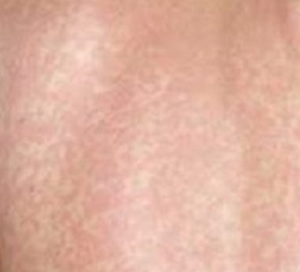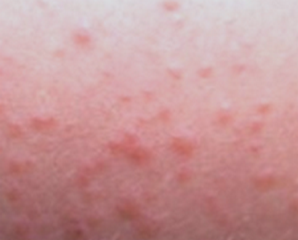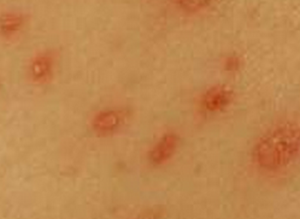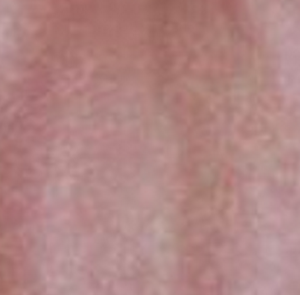A lot of times using Lamictal can cause a rash or rashes. According to research almost one tenth of people on Lamictal report a rash that could differ in intensity. Especially among adults, one in thousand suffers from this rash and among children almost one in three face the rash caused by Lamictal. The rash is mostly experienced in the first month or a month and a half. People with skin disorders or sensitivity should be more careful while consuming any such new medicine. As soon as you experience redness on the skin or beginning of the rashes you must stop the consumption of the particular medicine and consult a doctor at the earliest as it could just be the beginning of a sever skin side effect of the drug.
Often the doctors prescribe other medicines along with the Lamotrigine/Lamictal or even its substitute when treating seizures in order to avoid any complication. The ratio of the medicine however depends on the particular illness and its intensity and often increases with the time. In the recent years however this trend has witnessed a decline. Considering the risk that this drug poses it is very important to stick to the instructions given by the doctor and not alter it in any situation. It is always better to start off with a smaller dose and then gradually increase it over the time to know how the body reacts to it and to reduce the risks associated with Lamictal. In some rare cases such as among the patients on Valporaete, there is a higher level of risk associated which is quite often balanced with an increased dosage of Lamictal.
A person taking Lamictal shouldn’t take the rash or any other related skin side effect casually. Even a slight appearance of the rash or redness on the skin needs to be properly diagnosed by the doctor and its consumption should be stopped till then. The rashes that appear in the initial two months can often have serious results. Some other associated symptoms apart from the rash are Fever and flu that can come before, after, without or with the rash. In some sever cases such as in a hypersensitive Lamictal reaction the internal organs may also get affected.
There are different pathological such as the blood tests that can be done to review the condition properly. Symptoms of a severe case of rash are:
- Big and Scattered spots. The spots are red in color and are painless but itchy.
- The rash can be accompanied by a fever or flu.
- The rash appears within a month and can take ten to twelve days t settle.
Some serious rash conditions are as follows
- Rashes that spread all over the body in different spots
- High fever and constant flu like conditions that might take longer than usual to go away even after medication
- Lining of the genital membranes. It can also be there near the eye or mouth area. It can be there on the anal area.
- Eminent rash on the upper neck area
- Anything on, near or around the mouth. On the face as well.
- Rashes that are swollen than normal rashes. They can be merged with red rashes and purple spots.
- Rashes take time to discolor or don’t discolor at all i.e. they don’t become white when pressed.
- The rashes make the skin extremely sensitive to touch.
- The skin can also start shedding off in large or small sheets.
The continuous intake of Lamictal or Lamotrigine can be pretty complicated as the doctors can discontinue the drug at the first sign of a rash but at the same time it can also effect treatment of people with mental disorders like bipolar sufferers. Thus a serious and cautious assessment, analysis and recommendation are very crucial. It can also be re-prescribed according to the rash conditions.



